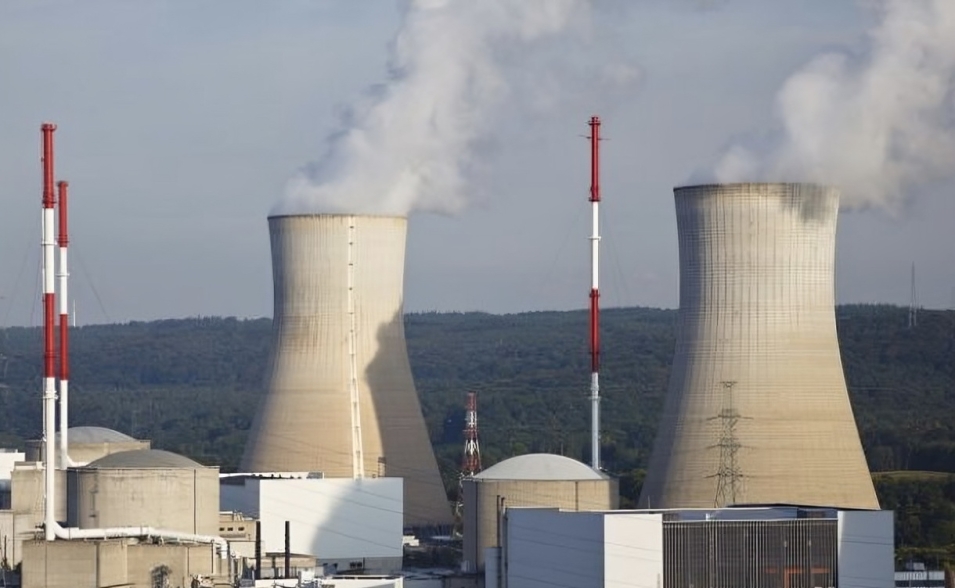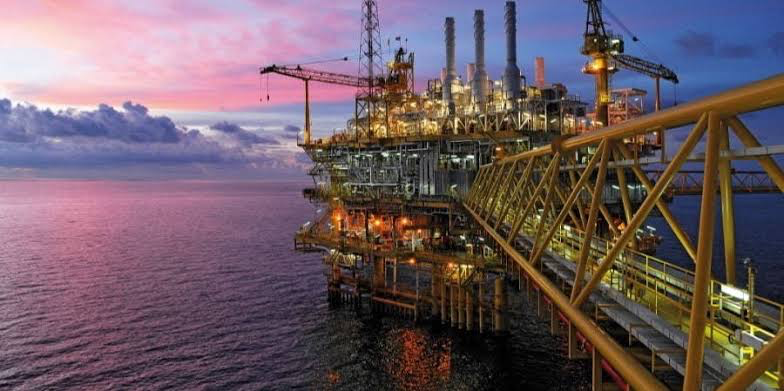KEY POINTS
- Rising oil and gas costs strain Africa.
- Renewables gain momentum as fossil fuel alternatives.
- Regional cooperation is vital for energy resilience.
The Russia-Ukraine conflict, now in its most consequential phase, has reverberated across global energy markets, creating a domino effect that is particularly visible in Africa.
This geopolitical clash has caused substantial disruptions in the supply and pricing of energy resources, amplifying vulnerabilities in Africa’s energy markets.

With the continent’s growing demand for reliable and affordable energy, the conflict underscores the urgency of securing diversified and sustainable energy sources.
The interplay of these challenges and opportunities forms the crux of Africa’s energy response. This article delves into how the conflict reshapes Africa’s energy landscape.
Africa’s energy landscape
Africa’s energy ecosystem is a mosaic of traditional and emerging sources. The continent relies heavily on oil, gas, and coal while increasingly embracing renewables like solar and wind energy.
However, with energy demand outpacing supply due to population growth and industrial expansion, Africa remains a net importer of energy resources.
Countries like Nigeria dominate in oil production, while South Africa relies on coal. Yet the continent’s renewable energy potential remains largely untapped. The disruption in international energy markets caused by the conflict exposes Africa’s dependency and highlights the need for robust domestic energy strategies.
Impact of the conflict on African energy markets
- Oil Price Volatility:
The Russia-Ukraine conflict has fueled global oil price volatility, inflating costs for African nations reliant on imported crude. While oil-producing countries like Nigeria and Angola have benefited from higher prices, import-dependent nations face mounting fiscal pressures. The increase in transportation and industrial fuel costs exacerbates inflation, straining household incomes and slowing economic growth. Governments are now grappling with the dual challenge of subsidizing energy while maintaining fiscal discipline. - Gas Supply Disruptions:
African countries importing LNG, such as Egypt and Morocco, have faced supply uncertainties as Europe diverts global LNG supplies to offset reduced Russian gas imports. The competition for resources has driven up prices, forcing African importers to seek alternative suppliers. These dynamics have reshaped Africa’s energy diplomacy, with countries exploring partnerships in the Middle East and Asia to secure more stable gas supplies. - Coal Supply Chain Disruptions:
South Africa, one of Africa’s largest coal consumers, has seen ripple effects from disruptions in the global coal trade. As Europe pivots back to coal to address gas shortages, prices have surged, impacting coal-reliant African economies. Power plants operating on razor-thin margins now face fuel shortages and higher operational costs, threatening energy security and grid stability. - Renewable Energy Opportunities:
The conflict has accelerated Africa’s shift toward renewables as nations seek to reduce reliance on volatile fossil fuel markets. Countries like Kenya and Morocco are scaling up solar and wind projects, leveraging falling costs and international support. The crisis underscores the strategic advantage of renewables in achieving energy independence while meeting climate goals.
Regional impacts
- North Africa:
Algeria, a major natural gas exporter, has seen increased demand from Europe as it fills the gap left by Russian supplies. Egypt, meanwhile, faces rising LNG import costs but is leveraging its geographical position to expand exports. Morocco, dependent on imported energy, is doubling down on solar investments to insulate itself from market shocks. - West Africa:
Nigeria, Africa’s top oil producer, has benefited from rising oil prices but struggles with outdated refineries and fuel shortages. Ghana and Senegal, emerging oil and gas players, face delayed projects due to supply chain disruptions, highlighting the region’s vulnerability to external shocks. - East Africa:
East African nations, including Kenya and Tanzania, are ramping up geothermal and wind projects to reduce reliance on imports. However, Ethiopia’s hydropower ambitions face setbacks due to supply chain issues, underscoring the need for diversified renewable strategies. - Southern Africa:
South Africa’s coal-reliant energy system is under pressure as global coal prices surge. Mozambique and Angola, rich in natural gas, are exploring opportunities to attract European investors seeking alternatives to Russian energy.
Scenarios
- Nigeria: Refineries struggle to process crude due to supply chain bottlenecks, highlighting the need for infrastructure upgrades.
- South Africa: Coal supply disruptions impact Eskom, causing power outages and hampering economic productivity.
- Egypt: LNG imports benefit from diversification efforts, reducing dependency on Russian supplies.
- Kenya: International funding accelerates a landmark wind farm project, reducing import dependency.
Opportunities:
- Diversification: African nations can reduce dependency on Russian and Ukrainian energy by strengthening ties with other global suppliers and boosting local production.
- Renewable Growth: Accelerating solar, wind, and geothermal adoption can insulate African economies from fossil fuel volatility.
- Intra-African Trade: Expanding energy trade through the African Continental Free Trade Area (AfCFTA) can create resilient regional markets.
- Investment Attraction: Infrastructure investments, such as gas pipelines and renewable grids, are drawing international interest.
Challenges:
- Energy security: Ensuring consistent energy supply amidst global disruptions requires robust planning.
- Price volatility: Managing soaring energy costs is a persistent challenge for governments.
- Infrastructure gaps: Outdated infrastructure limits Africa’s ability to capitalize on its energy resources.
- Geopolitical risks: Balancing global energy alliances while meeting domestic needs is increasingly complex.
Statistics
- 20 percent: Increase in global oil prices since the conflict began.
- 15 percent: Reduction in African LNG imports from Russia.
- 10 percent: Increase in coal prices due to supply disruptions.
- 50 percent: Growth in Africa’s renewable energy capacity from 2020 to 2022.
- $100 billion: Estimated energy investment needed in Africa between 2022-2025.
The Russia-Ukraine conflict has illuminated the fragility of Africa’s energy systems while catalyzing a shift toward diversification and renewables. By addressing infrastructural deficits and fostering regional cooperation, Africa can transform its energy landscape into a resilient and sustainable ecosystem. With strategic planning and investment, the continent stands poised to harness its abundant energy potential, offering hope for a more secure and prosperous future.



